One of the most popular uses for the English Angora rabbit is for their fiber. They grow a soft luxurious wool coat and you will not know the true feel until you actually put your hands on one. There are four recognized breeds of Angora according to the ARBA. English are the softest, smallest and prettiest in my opinion. To each their own but the thick and beautiful facial furnishings, full ear tassels and fluffy feet, small frame bunny, will draw you in with just one glance. You just cannot beat the beauty with any other breed. Rabbit Angora fiber is a luxury wool like cashmere, mohair, and alpaca.
There are two ways of harvesting the fiber (wool) off of an Angora rabbit. Some lines are pluck-able and when they are starting to shed their coats (molt), you literally pull gently on it and it falls right out without the bunny feeling a thing. You never pluck fibers that are not ready to come out. That would be harmful! We do not typically pluck our fiber although a lot of fiber artists prefer the fiber removed that way. It is extremely time consuming and not all fiber is ready at the same time. Instead, we clip it with cordless clippers and take it all off in the same sitting. Scissors are also used by many but can be dangerous if you do not see exactly where you are cutting. Fiber harvesting done humanely is not hard. The tools required are not expensive. Some use a brush or comb but we recommend keeping your rabbits coat in better condition and spend a little more for proper tools.
Angora fiber grows at an average of one inch a month. We harvest their coat anywhere from 3 months to 5 months at most times. We like the staple length to be 3-5 inches long (minimum of 3 inches) and we do sell our fiber.
Angora fiber can be used to spin into yarn or felt into just about anything you want to make! Fiber artists are so talented that they make all sorts of gorgeous crafts. There are different outlets for selling and buying Angora fiber. You can find it raw, blended, spun, or even made into a product. Mittens, scarfs, or needle felted designs like cute animals, purses or even felted hats and slippers are very popular. The products are endless and you will find anything you are searching for on the internet with little effort.
Angora rabbits are an excellent choice of small animals for homesteading for those who want to have a fiber farm with little space available. Not everyone has the space for wool sheep or Angora goats but rabbit hutches take up very little space. If you don’t want to use your fiber, you can sell it.
We sell a high percentage of our rabbits to fiber artists, spinners, and people who love to knit and crochet. You can’t beat making your own yarn! We haven’t even mentioned dying your fiber or yarn yet either. Now that is a whole new ballgame called fun!
For those new to the fiber world, I highly recommend investing in a drop spindle! If you have a desire to learn spinning but no equipment yet, drop spindles are so cheap. You learn the technique on how to manually make yarn. Spinning English Angora fiber by hand or with a drop spindle before trying another type of wool will help you become a pro! They say it is a more difficult type of fiber/wool to spin but if you start with it, everything you try after it will be so easy! This is how I learned and my mother as well. Im very thankful I did! Now to find more time to enjoy the craft! Keep in mind that children can learn to spin as well!


